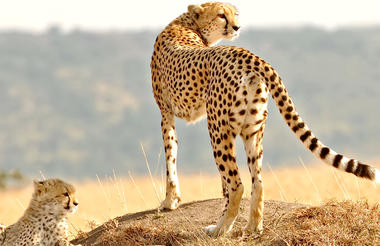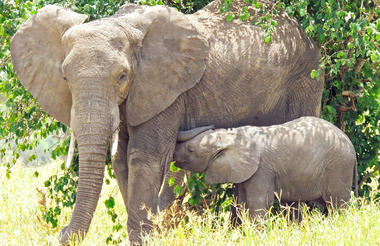Bordering the capital city of Nairobi, in beautiful Kenya, the Nairobi National Park is one of Africa's smallest parks and one of the only parks on earth to be in such close proximity to a city centre. It boasts a large and varied wildlife population, amid wide open grass plains against a backdrop of city scrapers. The park is home to one of Kenya's most successful rhinoceros sanctuaries with the world's highest concentration of black rhinoceros. Its wetland areas are abundant with birdlife boasting over 400 bird species. Visitors can enjoy the many facilities the park has to offer such as scenic picnic sites, well-positioned campsites, and hiking trails. Commonly spotted species include lion, hyena, warthog, zebra, giraffe, ostrich, gazelle, buffalo, and sometimes if you're lucky, leopard and cheetah.
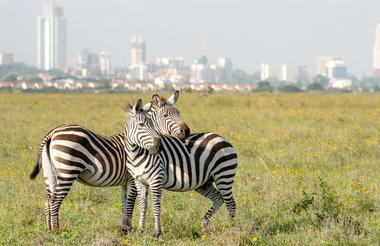

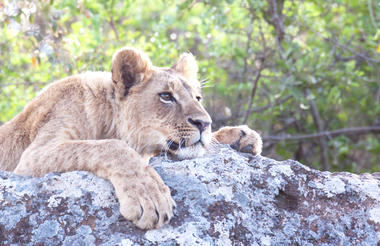
Kalama Community Wildlife Conservancy, an exclusive and collectively-owned 95,000 hectare-large wildlife Conservancy, borders the Samburu National Reserve in Northern Kenya. It also borders Ngutuk Ongiron Group Ranch to the west, Namunyak Community Conservation Trust to the north, and Sera Community Wildlife Conservation to the northeast. Kalama is part of the Northern Rangelands Trust. The Samburu ecosystem is a well-known area in central Kenya comprising of Buffalo Springs National Reserve, Samburu National Reserve, and Kalama Conservancy. The natural environment is arid and semi-arid; open scrub and grasslands with significant environmental variation based on altitude. The area is home to the ‘Samburu Special Five’ – indigenous species only found in this area namely the Beisa oryx, the gerenuk, the Somali ostrich, the Grevy’s zebra, and reticulated giraffe.
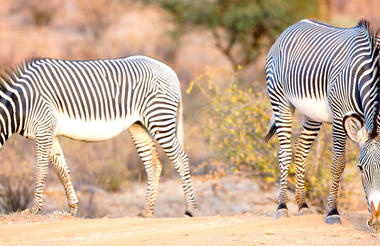
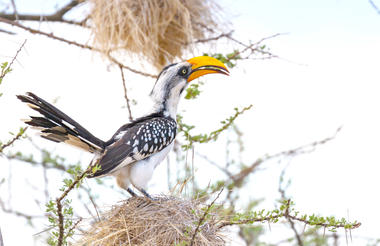

Situated in southwestern Kenya, the Masai Mara encompasses the celebrated national reserve and its surrounding community conservancies, forming part of the Greater Serengeti–Mara ecosystem. Rolling savannahs, dotted with acacia trees and crossed by the Mara River, create a rich and varied landscape. Vast herds of wildebeest, zebra, and antelope graze across the plains, while elephants, giraffes, and buffalo roam freely. The river’s lush banks support hippos and crocodiles and sustain wildlife throughout the dry season. Predators are abundant, with lions, leopards, cheetahs, and hyenas regularly seen in action. Each year, the spectacular Great Migration transforms the region, as millions of wildebeest and zebra traverse the plains. Visitors can soak up the breathtaking scenery, diverse wildlife, and Maasai cultural heritage in one of Africa’s most iconic safari destinations.
